My understanding is that the motor wants to turn counter-clockwise
because this represents a lower potential energy by untwisting the
field and aligning the stator and rotor fields. Is this correct?
It turns due to the forces acting around it's axis of rotation. Those forces create torque which in turn creates angular acceleration of the rotor.
But if we move the commutation point to there, haven't we rotated the
stator field, leading to a new new neutral plane?
If we repeat this adjustment, does it converge on a optimal
commutation point or do we just keep twisting all over the place? Is
this commutation point optimal in all respects, or are there some
compromises to be made?
By definition whenever you rotate one of the fields you have a new neutral plane. The entire point of commutation in a motor is to keep the neutral plane at the angle where torque is maximized.
I've always heard
that the timing must be more advanced at higher speed. But is this
strictly true, or is it a function of winding current / field
strength, which just happens to be correlated with speed in the case
of a constant mechanical load?
I think you are mixing two effects here. Let's consider a brushless motor. Given a current flowing through its windings it will settle in its neutral plane. At this point the torque is zero (ignoring friction). Now start rotating it slowly by hand and graph the torque vs. position. The maximum of that graph is your "optimal slow speed" commutation point. You could derive a very close approximation of that graph using mathematical models. I wouldn't call this advancing the timing. Depending on the number of phases and poles it would be at some fixed angle from the neutral plane. In a closed-loop brushless system with a position encoder and no hall effect sensors you would typically go through a sequence where you put some current through the windings to discover the position of the neutral plane.
In a dynamic situation you want to keep rotating the field under your control to keep the same phase vs. the fixed magnets. Because of inductance and various non-linear effects such as magnetic saturation and temperature, the control timing needs to change as a function of speed to try and maintain the same phase between the fields. Essentially there is a delay between the time a command is given and the actual change in the field so the command is given earlier, "advanced", to compensate for that. In a brushed motor you can only have one fixed phase advance so you need to make some sort of compromise if you plan to operate in different speeds. There are also static compromises in brushed motors, e.g. the size of the brushes and the on/off nature of the control. In some situations this delay is negligible anyway.
Is a sensorless BLDC driver which detects back-EMF zero crossings to
find the commutation point an example of such a motor?
I would think the back-EMF zero crossings are insufficient. They only reflect the "static" positioning described above. So you would need to know the motor parameters as well before you can optimize your control (e.g. using something like field-oriented control)
